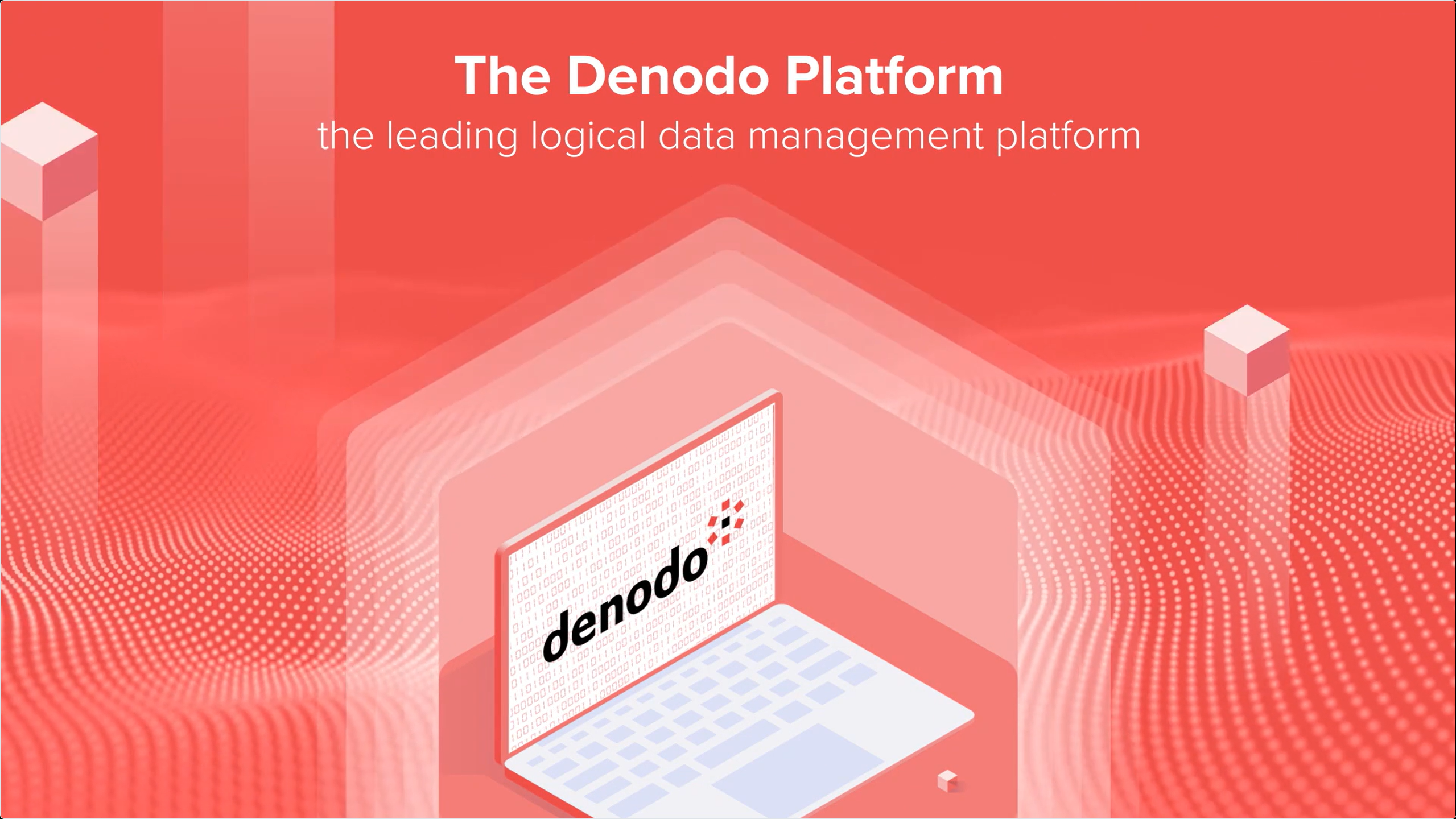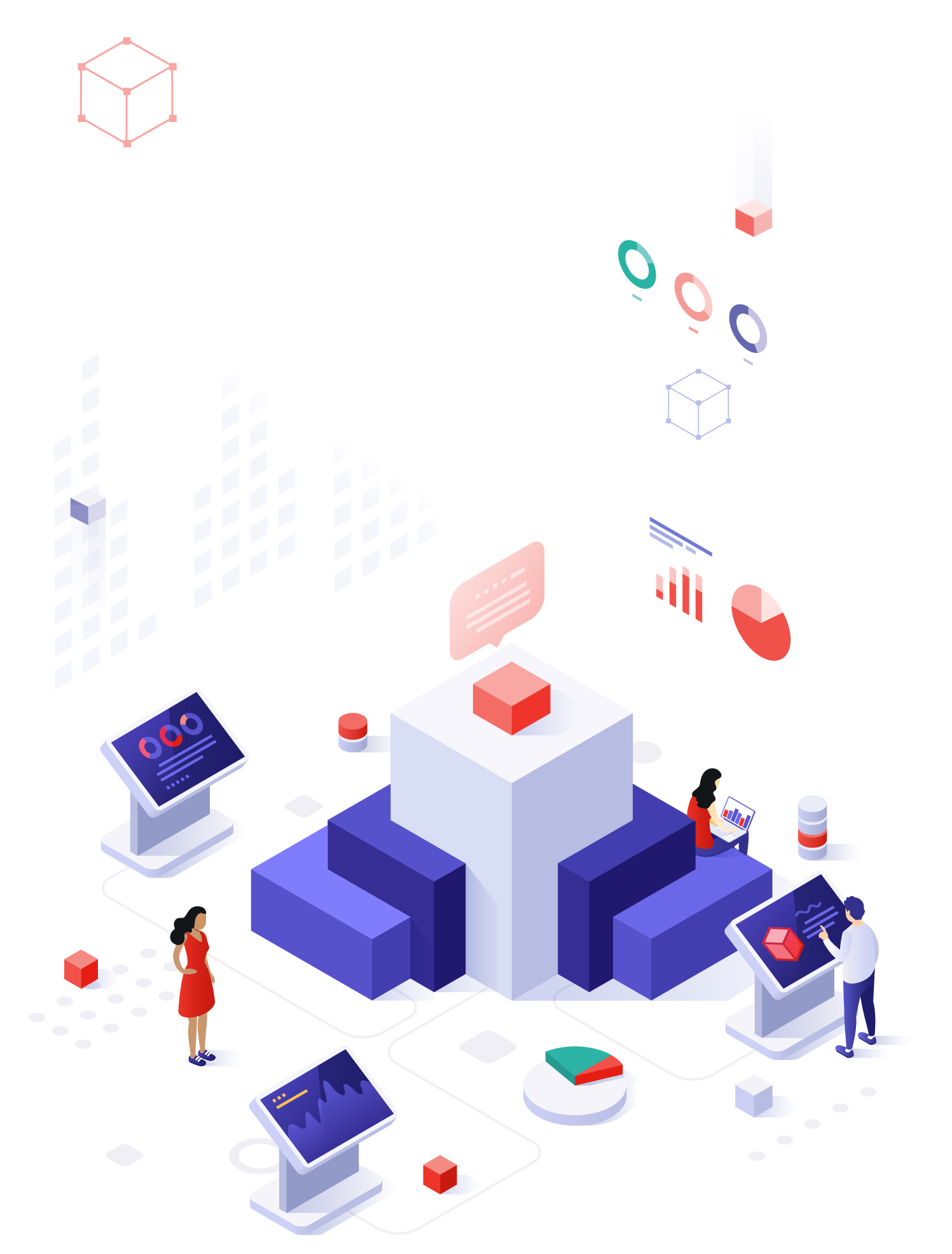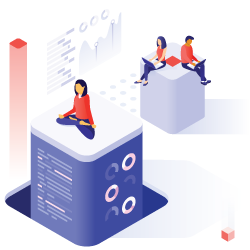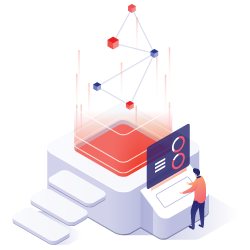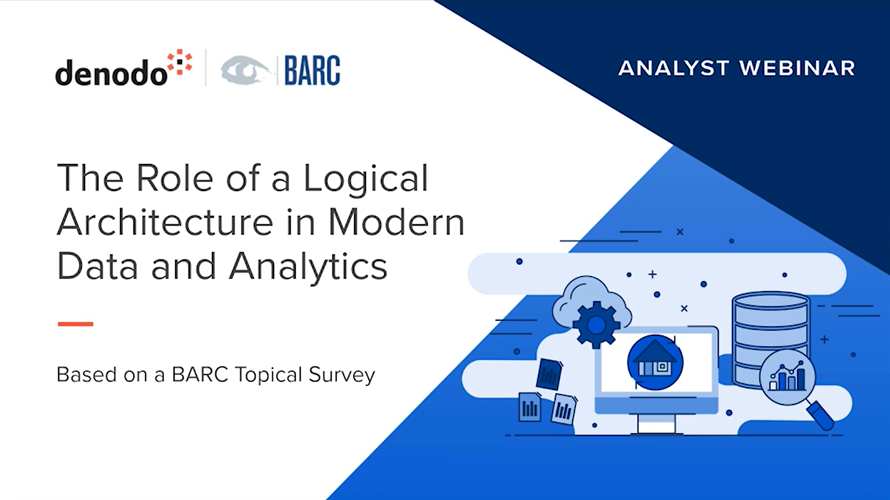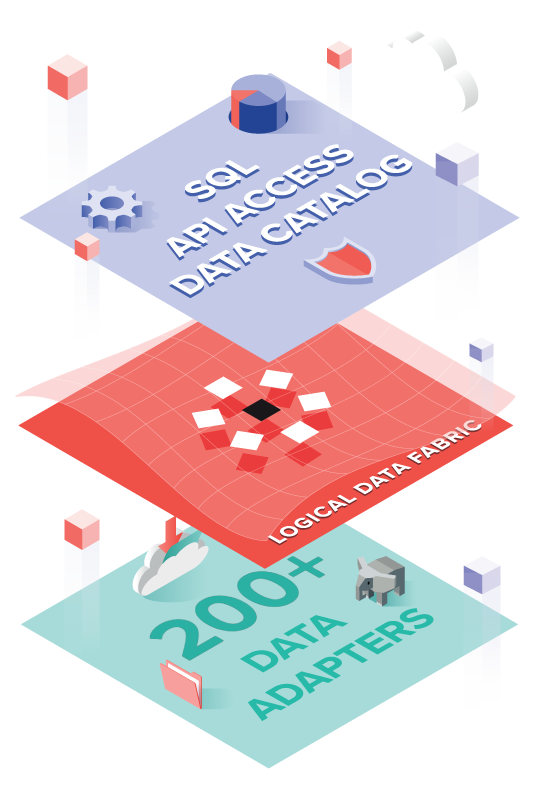We live in a world of accelerating change, disruption, and technological breakthroughs, which are transforming how we live and work. To be prepared, an organization’s secret weapon is their data.
The main goal of data management is to improve insights and organizational effectiveness through data. It strives to deliver data:
- In the forms that a variety of stakeholders need, including both business and technical users and, increasingly, artificial intelligence (AI) models
- At the speed needed by the business
- In a secure, compliant manner.
However, organizations manage many applications and systems focused on different aspects of the business, from supply chain management to marketing automation, as well as a variety of data systems, such as data warehouses, data marts, and data lakes.
To be able to deliver data that meets the above requirements, organizations need to efficiently manage these complex data landscapes. They have turned to two different approaches:
- Centralized data strategies, based on physical data consolidation, and
- Logical data strategies, based on consolidated views of data, across disparate systems.
Logical data architecture and management enable access to multiple, diverse data sources while appearing as one “logical” data source to users. It is about unifying data that are stored and managed across multiple data management systems, including traditional data sources like databases, enterprise data warehouses, data lakes, etc., and other data sources like applications, big data files, web services, and the cloud to meet every analytics use case.
Logical data management allows practices like data discovery, access, security, integration, and sharing to be performed through a logical (or virtual) representation instead of directly on each physical source system. Logical data management practices enable the consistent implementation of policies and practices to manage, integrate and use an organization’s data, regardless of each source system's nature, location, and capabilities.
Although there are clear advantages to logical approaches, organizations sometimes need to employ a monolithic approach to meet a particular business need, both approaches can be deployed together as part of an overall agile data management strategy.

Business Perspective
- One place to find all your data: A logical data layer centralizes your data, enabling real-time access to all data, including data stored on-premises and in the cloud, with semantic consistency.
- Business-friendly views: With a logical data layer, organizations can easily create business-friendly, self-service views of their data. This is done by eliminating the traditionally complex data integration technologies, formats, protocols, and location details, making data more approachable and user-friendly.
- Improved data utilization: Enable less-technical users to quickly find, access, integrate, and share data. Enable subject matter experts in the business to become a part of the data modeling process and reduce the cycle time required to create ready-to-use data.

IT Perspective
- Real-time data: A logical data layer enables stakeholders to access the most current data on demand, anytime, in preferred formats to support a wide variety of business use cases. Businesses no longer need to wait for a nightly batch run to refresh their datasets.
- Reduced data sprawl and duplication: By eliminating unnecessary data replication with a logical data layer, organizations can increase agility, mitigate risk, and reduce costs.
- Faster data fulfillment: Logical data layers enable accelerated provisioning of new datasets, enabling organizations to keep pace with ever-changing data requirements.
- Centralized security and governance: With a single layer embracing access to all enterprise data, enforcing security and managing data controls for every user across all datasets becomes much easier.
To successfully implement a logical data architecture and management approach, organizations need only one capability:
Data virtualization is a data integration and data management technology that leverages metadata to enable organizations to access all enterprise data in real-time, and to discover, catalog, provision, combine, share, and govern data to meet a wide variety of use cases.

